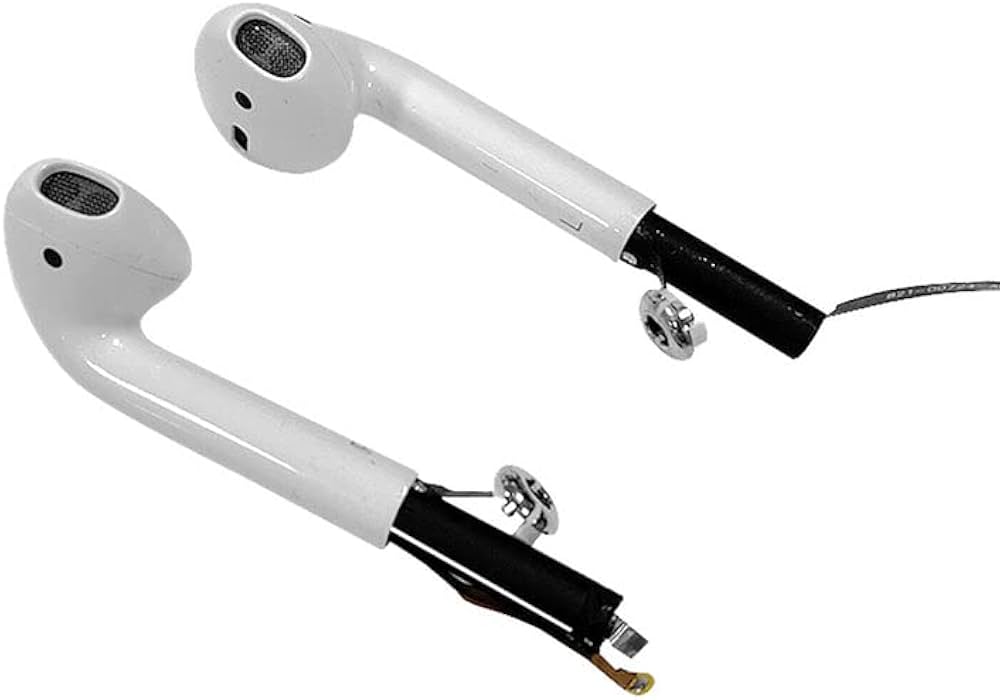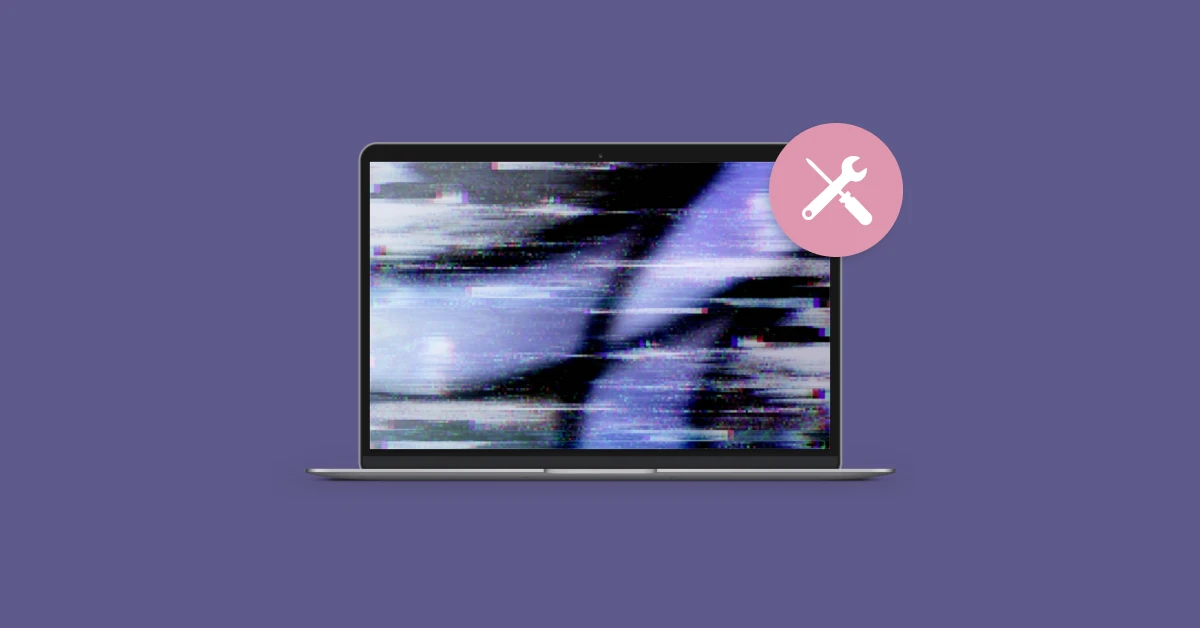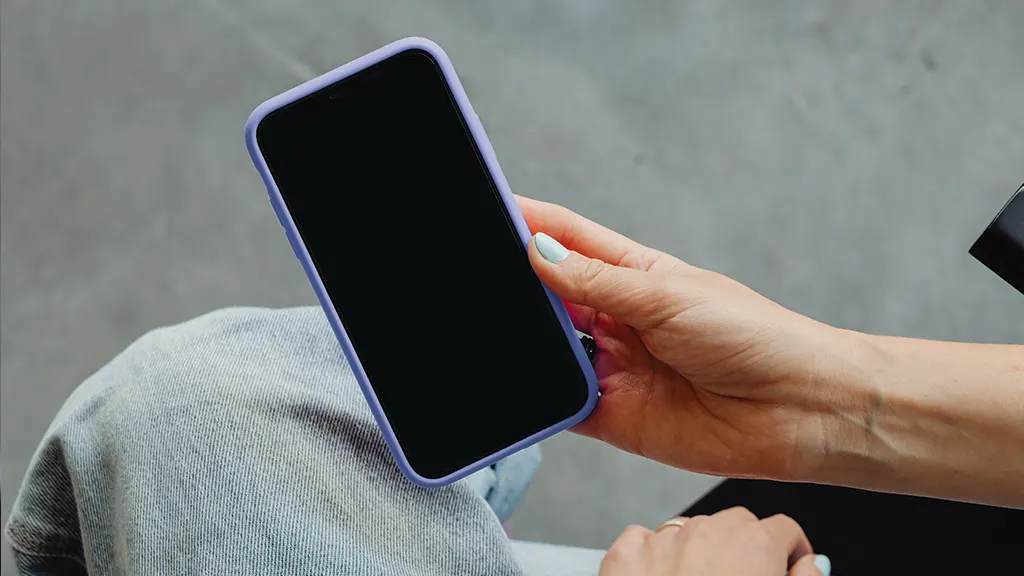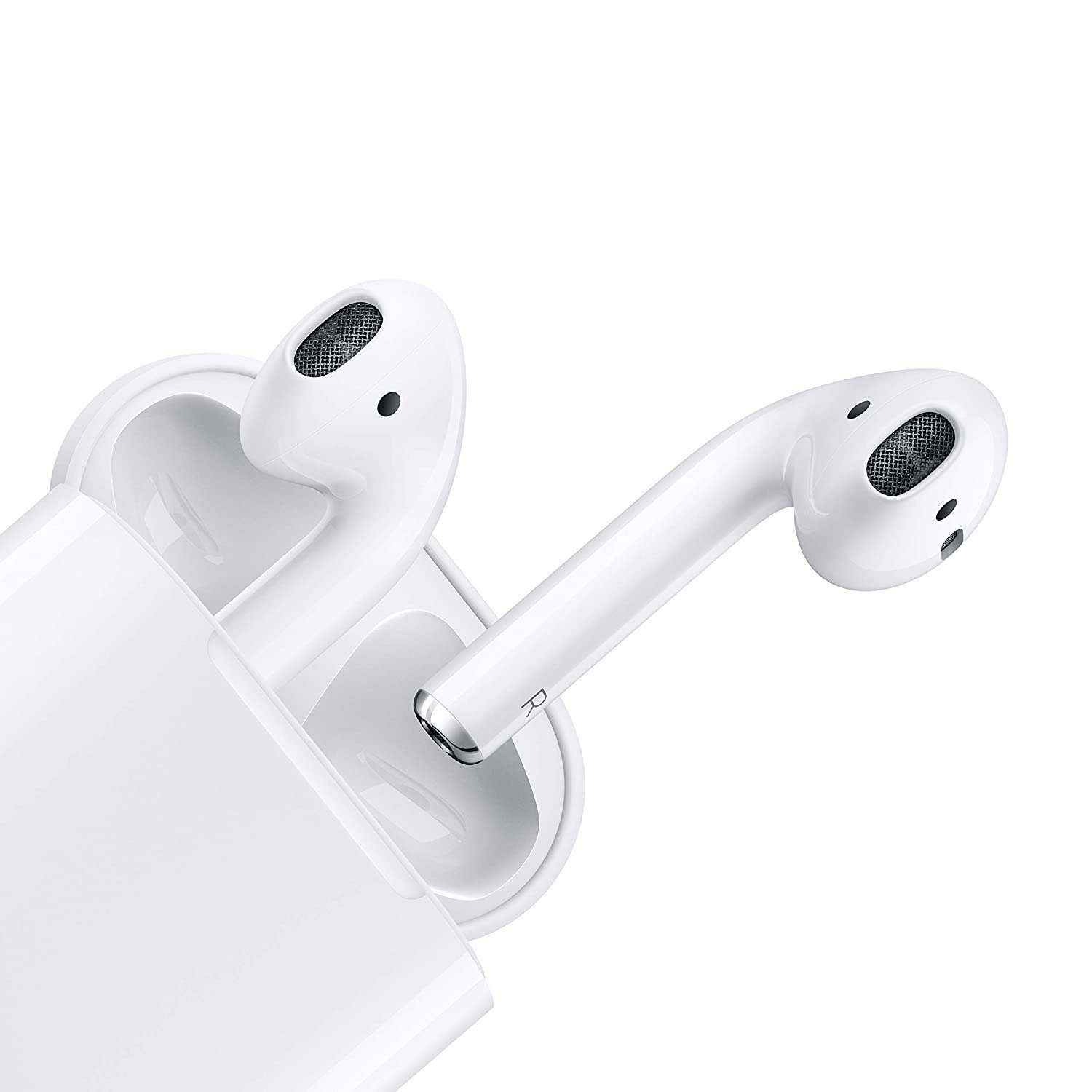Your cart is currently empty!

Top iPhone Privacy Settings to Change Right Now for Better Security

Top iPhone Privacy Settings to Change Right Now for Better Security
In today’s digital world, privacy is no longer just a luxury—it’s a necessity. With so much of our personal and professional lives stored on smartphones, particularly iPhones, keeping your data secure should be a top priority. Whether you’re an everyday user or a privacy-conscious professional, adjusting a few iPhone privacy settings can make a big difference.
If you’re looking to take control of your iPhone’s privacy, you’ve landed in the right place. Let’s explore the top settings you should change immediately for improved data protection, better control, and peace of mind.
1. Limit App Access to Photos
Many apps request access to your photo library, but not all of them need full access.
How to change it:
- Go to Settings > Privacy & Security > Photos
- Tap on each app and choose:
- None
- Selected Photos
- All Photos
Choosing Selected Photos lets you control which images an app can access. This is especially helpful when using third-party editing apps or social platforms.
2. Turn Off App Tracking
Apple’s App Tracking Transparency feature gives you more control over how apps track your activity across the web and other apps.
To update this setting:
- Go to Settings > Privacy & Security > Tracking
- Turn off Allow Apps to Request to Track
This prevents apps from following your digital footsteps and profiling you based on your habits.
3. Manage Location Services
Sharing your real-time location might be useful for maps or delivery services, but most apps don’t need it all the time.
Here’s how to adjust it:
- Go to Settings > Privacy & Security > Location Services
- For each app, choose:
- Never
- Ask Next Time
- While Using the App
- Always (use sparingly)
For apps like weather or maps, “While Using the App” is ideal. This way, you’re not being tracked when the app is closed.
4. Secure the Lock Screen
Your iPhone lock screen might display notifications or allow quick access to tools—convenient, but potentially risky if your phone is lost or stolen.
Update your lock screen settings:
- Go to Settings > Face ID & Passcode
- Scroll down to Allow Access When Locked
- Disable features such as:
- Control Center
- Notification Center
- Reply with Message
Disabling these prevents unauthorized users from interacting with sensitive parts of your device when it’s locked.
5. Use Mail Privacy Protection
Email tracking is more common than most people realize. Apple’s Mail Privacy Protection feature can help protect you.
Turn it on here:
- Go to Settings > Mail > Privacy Protection
- Toggle on Protect Mail Activity
This setting hides your IP address and prevents senders from knowing when and where you’ve opened their emails.
6. Disable Live Activities from Lock Screen
Live Activities on your lock screen can show real-time data—like ride shares or sports scores—but they also reveal info to anyone who picks up your phone.
Turn them off:
- Go to Settings > Face ID & Passcode
- Scroll to Allow Access When Locked
- Toggle off Live Activities
This helps keep your real-time data private when your phone is unattended.
7. Limit Access to Microphone and Camera
Some apps might use your microphone or camera unnecessarily. It’s best to review these permissions regularly.
How to check:
- Go to Settings > Privacy & Security
- Tap Microphone and Camera
- Revoke access for apps that don’t truly need it
You can always grant access again later if needed.
8. Use Safari’s Built-in Privacy Features
Safari is packed with features that protect your online activity.
Enhance your browser security by:
- Going to Settings > Safari
- Enable the following:
- Prevent Cross-Site Tracking
- Hide IP Address
- Block All Cookies (if you’re okay with less website functionality)
These tools prevent advertisers from building detailed profiles based on your browsing habits.
9. Enable Two-Factor Authentication
If you haven’t already, enabling two-factor authentication is one of the best ways to secure your Apple ID and iCloud data.
To enable it:
- Go to Settings > [Your Name] > Password & Security
- Toggle on Two-Factor Authentication
Even if someone gets your password, they won’t be able to log in without the second verification step.
10. Review App Privacy Report
Want to know which apps are accessing your data the most? Apple’s App Privacy Report gives you detailed insights.
Check your privacy report:
- Go to Settings > Privacy & Security > App Privacy Report
- Enable it to track app behaviors over time
You’ll see which apps access sensitive data, contact domains, or use sensors, helping you make smarter choices about app usage.
Why These iPhone Privacy Settings Matter
Adjusting these settings might seem minor, but they play a huge role in protecting your identity, data, and digital freedom. In a time where data breaches and tracking are common, proactive control over your device is essential.
Why Choose Milaaj Mobiles and Laptop Repair Al Barsha
- ✅ Expert technicians with privacy-first repair practices
- ✅ Fast service and genuine Apple-certified parts
- ✅ Affordable diagnostic and repair solutions
- ✅ Trusted by over 20,000 happy customers in Dubai
Need Help With iPhone Repairs or Privacy Concerns?
If you’re dealing with device issues or just want a professional opinion on optimizing your iPhone for privacy, Milaaj Mobiles and Laptop Repair Al Barsha is here to help. We specialize in all Apple devices and offer both repair and privacy consultation services.
Location: Al Barsha | Bur Dubai.
Email: support@milaaj.com
Phone: +971 52 524 4884
Operating Hours: Monday – Sunday
Final Thoughts on iPhone Privacy Settings
Privacy is more than just a setting—it’s a right. By making these iPhone privacy settings changes today, you’re taking a critical step toward a more secure mobile experience. Don’t wait until your data is compromised. Make these updates now—and if you ever need expert help, Milaaj is just a call away.





Leave a Reply